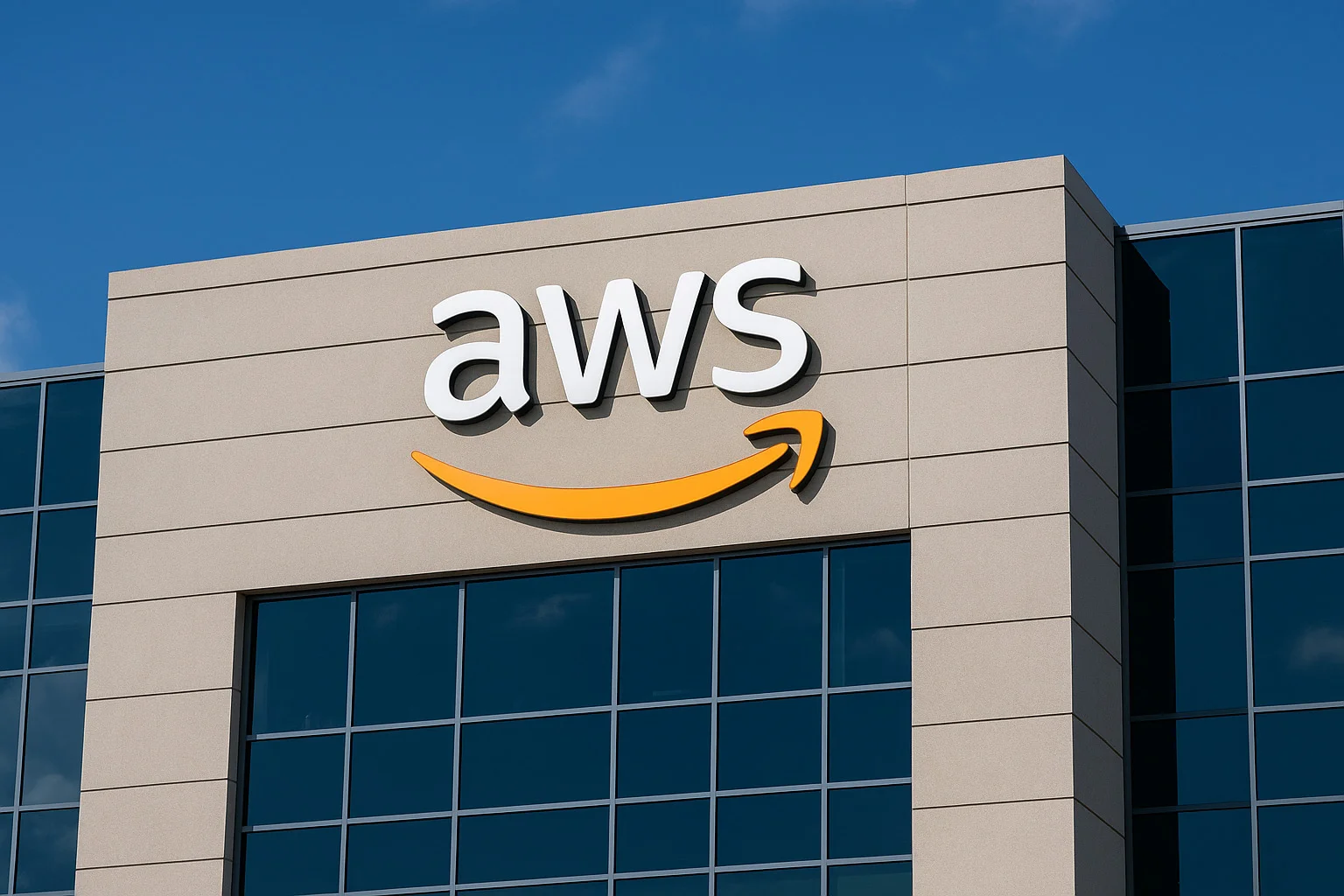Global Internet Disruption Amazon Web Services Reports
In the wake of a massive global internet outage, Amazon Web Services—the world’s largest cloud provider—has reported new connectivity issues affecting several regions. The disruption, which follows closely on the heels of a major internet slowdown, has left businesses and developers scrambling to keep systems online.
Amazon Web Services powers millions of websites, apps, and digital platforms. So, when it stumbles, the internet feels it everywhere—from streamin
g services and online stores to smart devices and enterprise tools.
What Happened?

According to reports from early Monday morning, customers began noticing intermittent connectivity problems in multiple regions across the United States. These issues were quickly confirmed by Amazon through its Service Health Dashboard, indicating elevated error rates and connection timeouts.
While the outage wasn’t total, it impacted access to core services like EC2, S3, and CloudFront, making it difficult for businesses to maintain normal operations.
Global Internet Outage: The Trigger Behind It
Earlier this week, a massive internet disruption affected several major ISPs and cloud networks worldwide. The incident temporarily crippled data routing, leading to cascading connectivity failures across various cloud providers.
Experts suggest that this new issue may be a ripple effect of residual network instability following that global event.
Impact on AWS Customers
When connectivity falters, it doesn’t just affect Amazon—it impacts thousands of global enterprises that rely on its cloud infrastructure.
- E-commerce websites experienced checkout errors
- Streaming services faced buffering and downtime
- Developers reported latency and connection resets
- AI tools and APIs failed to process real-time requests
Businesses that depend on AWS for daily operations faced losses in revenue and customer trust within hours of the issue.
Regions Affected by AWS Connectivity Issues
The most affected regions included:
- US-East (N. Virginia)
- US-West (Oregon)
- Europe (Ireland)
However, reports from users in Asia and South America also surfaced on developer forums and social media, suggesting wider-than-expected effects.
AWS Official Response
In a status update, AWS confirmed that connectivity issues were under investigation, stating:
“We are aware of increased error rates for several services and are actively working to restore normal operation.”
The company later added that the root cause was related to an internal networking configuration impacted by earlier routing instabilities.
Technical Explanation
While AWS hasn’t disclosed full technical details, experts speculate that Border Gateway Protocol (BGP) route leaks or DNS propagation delays could be behind the disruption.
Such network misconfigurations can ripple across interconnected servers, causing failures in multiple regions simultaneously.
Users reacted quickly on social media platforms like X (formerly Twitter) and Reddit with complaints reporting slow websites and API errors.
Social media platforms like X (formerly Twitter) and Reddit were flooded with complaints from users reporting slow websites and API errors.
Many developers humorously described the situation as “Monday ruined by the cloud gods,” highlighting the increasing dependency on centralized cloud infrastructures.
Comparison with Previous AWS Outages
AWS has faced similar incidents in 2017, 2020, and 2021, each causing significant downtime across the internet.
While Amazon has continuously improved redundancy systems, this recent issue shows that even the most robust cloud network isn’t immune to global internet instability.
Effect on Dependent Services
This disruption cascaded into:
- Netflix, Disney+, and Twitch streaming slowdowns
- E-commerce platforms like Shopify facing order delays
- AI services and chatbots losing response connections
It highlights how deeply integrated AWS is with global tech ecosystems.
AWS’s Recovery Plan
Amazon has since initiated a multi-phase recovery, including:
- Rerouting network traffic
- Restoring affected service clusters
- Performing internal audits to prevent reoccurrence
As of now, most regions have reported partial recovery, with full restoration expected soon.

Experts’ Opinions
Cybersecurity analysts warn that internet resilience must become a global priority.
Dr. Kevin Liu, a network systems expert, notes:
“The AWS incident reinforces a critical truth—the internet is only as stable as its weakest global link.”
Experts are urging companies to adopt hybrid or multi-cloud strategies to minimize the impact of future outages.
How Businesses Can Prepare for AWS Downtime
To reduce risks during cloud outages:
- Use multi-cloud setups (AWS + Azure + Google Cloud)
- Automate backups to alternative regions
- Implement content delivery networks (CDNs) for redundancy
- Monitor real-time service health dashboards
- Have a manual failover plan ready
Preparation today prevents multi-million-dollar losses tomorrow.
The Bigger Picture: Internet Dependence and Vulnerability
This event once again shows how interconnected and fragile the global internet has become.
From finance to healthcare, nearly every industry depends on the digital backbone powered by a few key cloud providers.
The question now isn’t if another outage will happen—but when.
Conclusion
The latest connectivity hiccup serves as a wake-up call for the tech industry. Despite advanced cloud infrastructures, no system is fully immune to global instability.
Amazon’s swift response shows its commitment to reliability, but businesses worldwide must now rethink how they handle dependence on a single provider.
The road ahead will involve strengthening redundancy, improving routing security, and building trust once again.

FAQs
- What caused the recent AWS connectivity issue?
The outage was triggered by network instability following a global internet disruption, likely linked to routing or DNS propagation failures. - Which regions were most affected?
Primarily the US-East, US-West, and parts of Europe, though minor effects were reported globally. - How did the outage impact businesses?
Many websites, apps, and services relying on AWS faced downtime, API errors, or delayed responses. - Has AWS fully recovered from the issue?
As of the latest update, most regions have recovered, with full service restoration underway. - What can companies do to avoid future downtime?
Adopt multi-cloud strategies, maintain backups, and monitor AWS Service Health dashboards regularly. Follow on Linkedin
More Blogs: Reflect Media360

